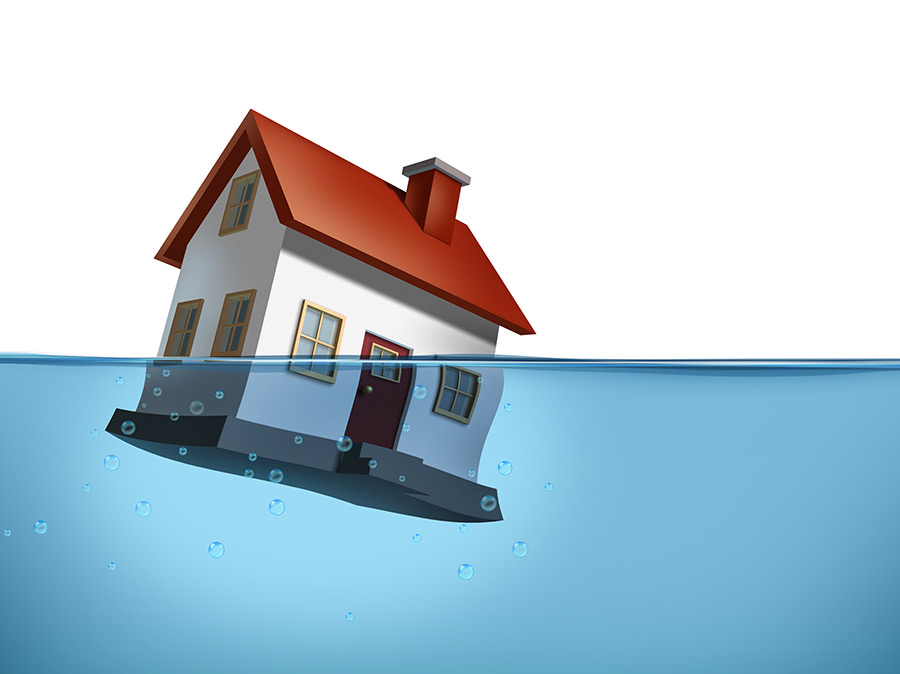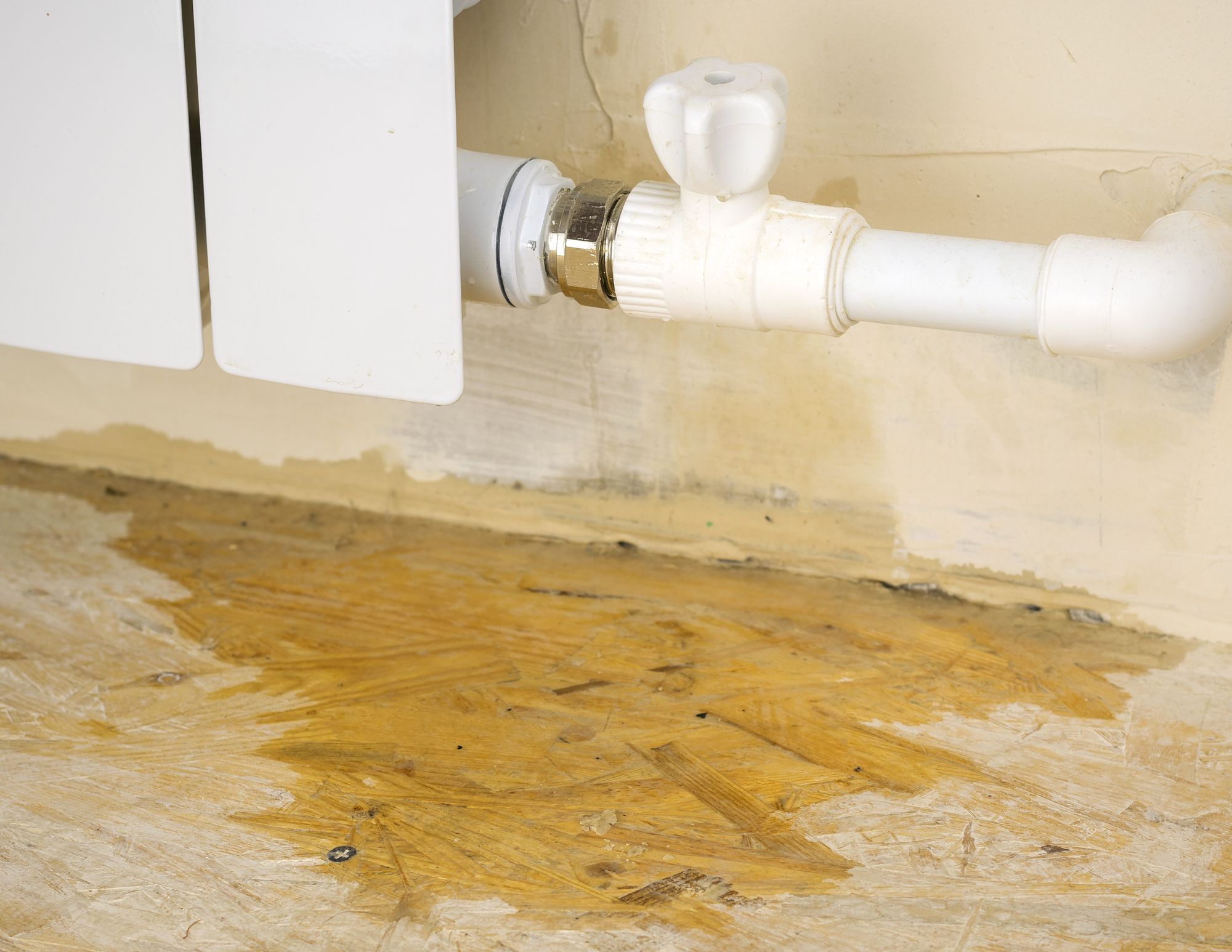Familiarize Yourself With Half a Dozen Principal Factors For Water Seepage in Your House
Familiarize Yourself With Half a Dozen Principal Factors For Water Seepage in Your House
Blog Article
They are making a few great points on How to Find Water Leaks in general in this article followed below.

Leakages not only create waste of water however can also trigger unnecessary damage to your home and promote undesirable natural development. Water leaks might go undetected since most of the pipework in our residence is concealed. By comprehending and looking for daily situations that trigger leaks, you can safeguard your home from future leakages as well as unnecessary damage. Today, we will certainly consider six leakage triggers that might be causing your pipes to trickle.
Elbowing in roots
A lot of water leakages start outside the house as opposed to inside it. If you see an unexpected decline in water pressure, say in your tap, take some time to go out and analyze your lawn. You may notice damp patches or sinkholes in your yard, which may mean that tree origins are getting into water lines causing water to seep out. You can have your plumber check for intrusion, especially if you have trees or hedges near your home.
Rusty water supply
This could be the reason of staining or bending on your water pipelines. If our plumbing system is old, think about replacing the pipes because they are at a greater threat of deterioration than the more recent designs.
Faulty Pipe Joints
Pipe joints can deteriorate over time, resulting in water leakages. If you have loud pipes that make ticking or banging noises, particularly when the hot water is transformed on, your pipeline joints are most likely under a great deal of stress.
Instantaneous temperature level changes.
Severe temperature adjustments in our pipelines can create them to broaden as well as get all of a sudden. This growth and tightening might create cracks in the pipelines, specifically if the temperature level are listed below freezing.
Poor Water Connectors
Sometimes, a leak can be caused by loosened hoses and also pipelines that provide your appliances. Generally, moving is what triggers the loosened water Connections. You might discover in the case of a washing machine, a hose may spring a leakage due to shaking throughout the spin cycle. In case of a water links leakage, you may see water running straight from the supply line or pools around your appliances.
Clogged Drains
Obstructed drains could be irritating and also inconveniencing, however they can sometimes wind up creating an overflow leading to burst pipes. Keep eliminating any type of products that may decrease your drains that might clog them to avoid such hassles.
All the above are reasons for leakages but not all water leakages arise from plumbing leakages; some leaks might originate from roof leakages. All leaks ought to be fixed quickly to prevent water damage.
Leaks not just create waste of water yet can likewise trigger unnecessary damages to your house and also promote undesirable natural growth. By recognizing and also looking for daily situations that trigger leakages, you can secure your residence from future leaks as well as unneeded damages. Today, we will certainly look at 6 leakage creates that may be causing your pipes to drip.
At times, a leak can be caused by loose hose pipes as well as pipelines that provide your home appliances. In situation of a water links leak, you may discover water running directly from the supply line or puddles around your devices.
How To Check For Water Leak In Your Home
How To Check for Leaks
The average household's leaks can account for nearly 10,000 gallons of water wasted every year and ten percent of homes have leaks that waste 90 gallons or more per day. Common types of leaks found in the home are worn toilet flappers, dripping faucets, and other leaking valves. These types of leaks are often easy to fix, requiring only a few tools and hardware that can pay for themselves in water savings. Fixing easily corrected household water leaks can save homeowners about 10 percent on their water bills.
To check for leaks in your home, you first need to determine whether you're wasting water and then identify the source of the leak. Here are some tips for finding leaks:
Take a look at your water usage during a colder month, such as January or February. If a family of four exceeds 12,000 gallons per month, there are serious leaks.
Check your water meter before and after a two-hour period when no water is being used. If the meter changes at all, you probably have a leak.
Identify toilet leaks by placing a drop of food coloring in the toilet tank. If any color shows up in the bowl after 10 minutes, you have a leak. (Be sure to flush immediately after the experiment to avoid staining the tank.)
Examine faucet gaskets and pipe fittings for any water on the outside of the pipe to check for surface leaks.
Undetected water leaks can happen without the home or business owner even realizing. If you suspect a water leak, but not able to find the source. It is time to contact a professional water leak detection service, The Leak Doctor.
How To Find a Water Leak In Your Home
https://www.leakdoctor.com/blog/How-To-Check-For-Water-Leak-In-Your-Home_AE197.html

Do you appreciate more info about How to detect water leaks in your home? Post a short review directly below. We will be pleased to listen to your suggestions about this blog posting. In hopes that you come back again soon. Sharing is good. You won't know, you may very well be doing someone a favor. We love reading our article about Common Water Leaks In House.
Get Quote Now Report this page